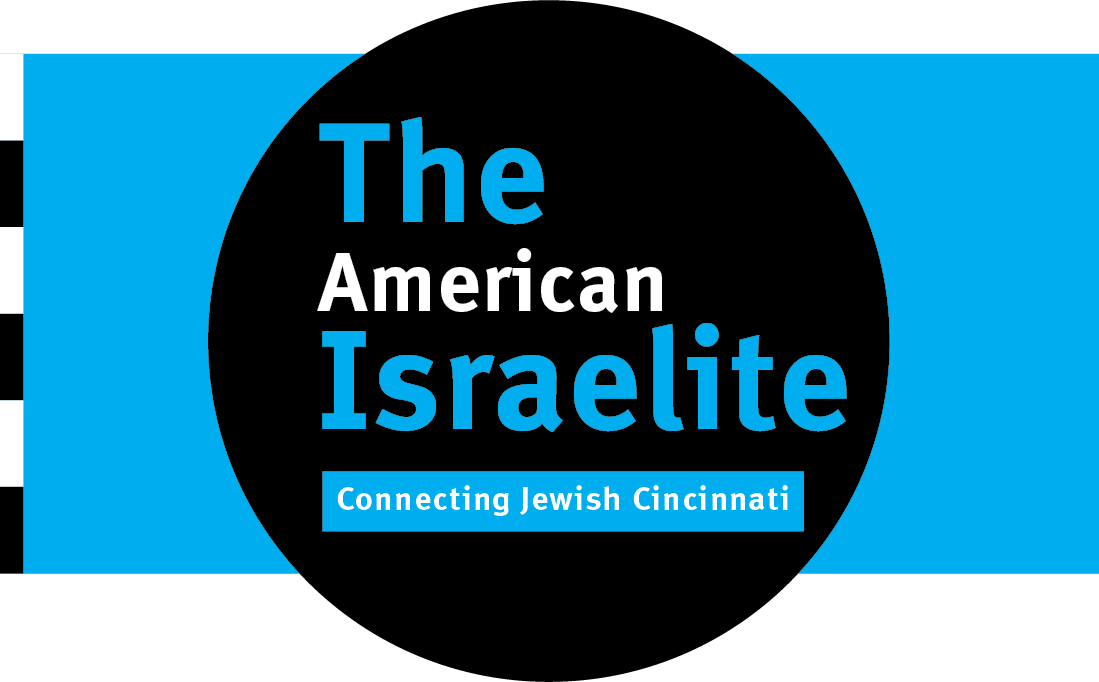By Andrew Silow-Carroll
You might be forgiven for never having heard of the worst anti-Jewish riot in American history. It happened on the Lower East Side over a century ago, and largely slipped from history. Jewish memory was overloaded with subsequent calamities, from Kishinev and Auschwitz to Pittsburgh and Oct. 7.
But as Scott Seligman argues in his new book, “The Chief Rabbi’s Funeral,” the mob attack on July 30, 1902, that left 196 Jewish mourners beaten and bloodied also left a legacy of Jewish political activism that remains a model for today. The attack on the funeral procession of Rabbi Jacob Joseph led a fractious Jewish community to organize, seeking justice for the victims and punishment for the perpetrators.
“The lesson of the 1902 riot is that when antisemitism crosses the line and it morphs into violence and intimidation against Jews, then it needs to be punished, and our best response is to unify and to organize,” Seligman, a historian based in Washington, D.C., told me this week. “Which is what they did, using whatever political power and influence they had.”
Seligman and I last spoke in 2020, after the publication of his book “The Great Kosher Meat War of 1902,” which formed the germ of his latest book. Actually, he told me, an article I wrote about the earlier book, focusing on the rabbi whose funeral inspired the riot the same year, inspired Seligman to dig deeper into that part of the story.
Joseph was a Vilna Talmud scholar who was brought to New York in 1888 to serve as a sort of chief rabbi to the city’s teeming Jewish community (and rationalize its corrupt and unreliable kosher meat business). It turned out to be easier to merge all of New York’s boroughs into a single municipality than get the Jews to agree on a chief rabbi. By 1895 Joseph was no longer being paid by the groups who brought him over, and his authority was recognized only by a handful of downtown Orthodox congregations. Before suffering a stroke in 1898, he worked as a hired kosher supervisor for some wholesale butchers.
When he died in 1902 at the age of 62, a penitent Lower East Side decided to give him in death the respect that had eluded him in life. Hundreds of thousands of mourners joined his funeral procession, which wound past neighborhoods in lower Manhattan before his body was put on a ferry for burial in Brooklyn.
The trouble began when the procession passed by the R. Hoe printing press factory at Grand and Sheriff Streets. Workers there hurled debris on the mourners and sprayed them with water hoses. The crowd fought back as best it could, throwing projectiles back at the factory and breaking windows.
By the time police arrived, the clashes had largely ended, but, taking their cue from the factory owner and a commander who instructed police — according to a newspaper account — to “club the life out of them,” the cops began beating Jewish mourners. No Jews died in the assault, but many were arrested and hauled before the Essex Market Police court.
What happened next would be a watershed in Jewish political and communal activism for a community riven by internal divisions: A day after the violence, various leaders formed the East Side Vigilance League to demand a fair investigation and punishment for the offending officers.
At the same time, Jewish lawyers rushed to the courts to defend Jews unfairly singled out in the violence. “They were uptown and downtown,” Seligman said of the lawyers. “They were Democrat and Republican. They were Reform and they were Orthodox.”
Over the next few months, the calls for justice would be surprisingly, and unprecedentedly, effective. Until then Jews had little recourse against the largely Irish police who disdained them. But NYC Mayor Seth Low, narrowly elected on a reform platform aimed at the corrupt Democratic machine known as Tammany Hall, was sympathetic to the Jews who helped turn out the vote. Low named a blue-ribbon committee to conduct an independent review, which ultimately exonerated the Jews and found the police negligent in the violence.
“This was the first, as far as I can tell, semi-successful attempt [by New York’s Jews] to get justice,” said Seligman. “A lot of people didn’t get seriously punished for this, but there were transfers out of the department. There were resignations in the department. They did get something for their efforts.”
The East Side Vigilance League didn’t last long (such committees “never lasted beyond the problem,” said Seligman) but it set a precedent. In 1908, after a police commissioner named Theodore Bingham used bogus statistics to claim Jews were responsible for half of the city’s crime, Reform Rabbi Judah Magnes helped establish the New York Kehillah, a federation of Jewish self-defense organizations (Bingham withdrew his statement). The Kehillah lasted until 1922, but other national organizations, including the American Jewish Committee and the American Jewish Congress, proved more durable. Jews learned the art of making their concerns known to ambitious politicians. The 1913 lynching in Georgia of Jewish factory manager Leo Frank that led to the establishment of the Anti-Defamation League, still the most important of the groups helping to create a strategy for fighting antisemitism.
A century and more after the funeral riot, unity remains illusory. For decades, Israel proved a reliable cause around which to rally Jews, while antisemitism receded into the background. That formula has flipped, with antisemitism once again the one communal concern on which Jews can approach something looking like consensus. But even there, huge cracks are apparent: A year of campus activism has divided as well as united Jews, and the ADL faces competitors who think its approach to antisemitism is variously too soft on the left or too beholden to the right.
Ironically, one of the most polarizing debates in Jewish life in recent years involved the Black Lives Matter movement, which aimed to address the kind of police misconduct to which Jews were subject in the early 20th century. When one of the main BLM groups took up the Palestinian cause, it further divided Jewish groups and power brokers.
And yet for all the divisions and infighting, there remains widespread consensus among Jews on the need for the kind of advocacy that was born in New York City after Rabbi Jacob Joseph’s funeral.
“If there is a lesson to be drawn from the Grand Street riot, it is that resistance to these outrages is both necessary and possible,” writes Seligman. “The key lies in unifying, in organizing, in building alliances, and in amassing political power and influence.”



